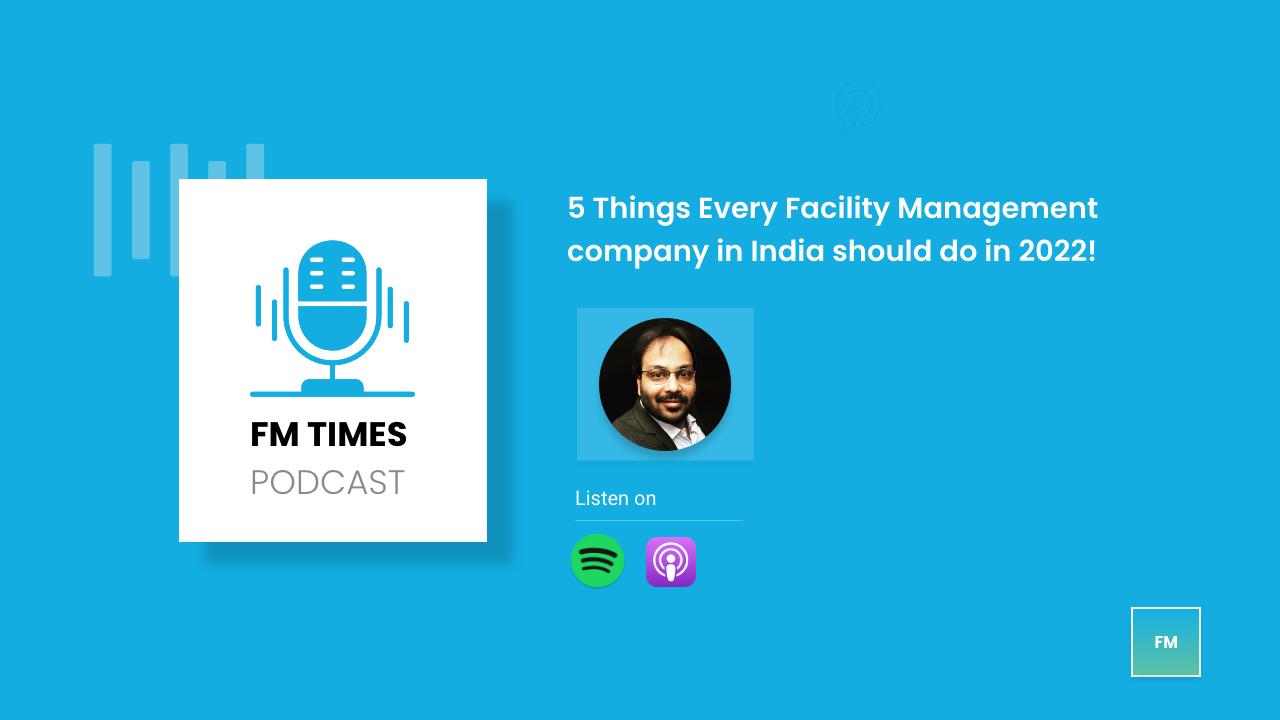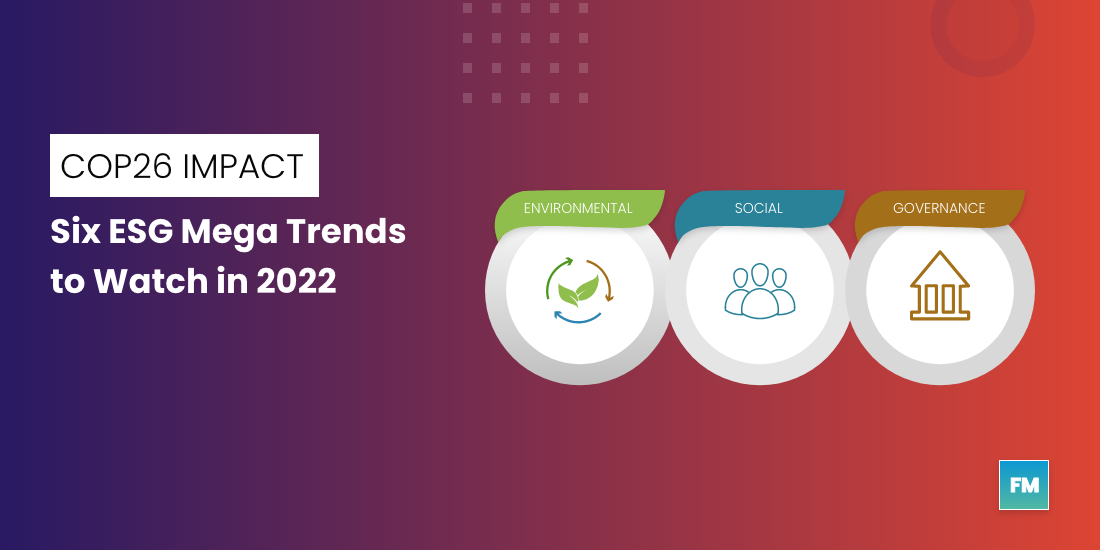The facility management discipline is growing more dynamic and cost-conscious by the day, and facilities managers need to master a few essentials to be on top of the game. A facility manager’s responsibilities are typically vast and varied, ranging from providing exceptional customer service to ensuring that the entire building is in good working condition. If you’re thinking about improving your role as facility manager, this article addresses five important areas that you should be focusing on and offers cost cutting tips to steer your career towards success.
Let’s get started!
Five important things to focus on to become a great facilities manager
Just like with any job, the most valuable and exceptional employees are the ones who not only fulfill their individual responsibilities on time, but also work towards making the company as a whole more successful. Here are five ways facility managers can improve their performance while helping their company grow:
- Aligning your work with organizational goals and values
For facility managers, having a strong grasp of the organization’s goals and values helps to perform all their responsibilities with greater drive and passion. Aligning facility efforts with big picture stuff involves recognizing the best interests of not only the top level management, but also people working at various levels throughout the organization. From minimizing operational expenses to ensuring a safe and productive environment for work, there are a number of ways facility managers should be reflecting the company culture in their maintenance and workspace management programs.
- Understanding contract requirements and laws that affect the facility
One of the first things for facility managers to focus on is understanding the contract requirements, starting with the service level agreement (SLA). Facility managers must pay special attention to the contract’s scope of services and take note of any consequences for non-performance or violations. They’ll need to know the service delivery standards, as well as the key performance indicators (KPIs) that must be met and how performance will be monitored.
It is also important to conduct a facility condition assessment (FCA) to check the current state of the physical structure(s) and the performance of various systems. In addition, facility managers must have in-depth knowledge of the local, state and national laws and regulations that affect facility operations and maintenance processes.These can range from building restrictions, local zoning laws, security codes regarding occupancy levels, and fire safety measures, to maintenance standards and renovation rules among others.
- Practicing Sustainability
While getting the job done is extremely important, it’s even more rewarding to get it done in ‘sustainable’ fashion! Companies are looking for sustainable alternatives to current ways of functioning of assets and procedures in their buildings due to the escalating environmental crisis. When it comes to job applications, more than 70% of people choose to work for a green company over a non-green one.
A large portion of the responsibility to bring about this green shift falls on the facility manager. They’re expected to minimize the company’s environmental impact by cutting down consumption and waste of resources and lowering emissions through energy efficiency, optimization of asset performance, running conservation programs, etc.
- Identifying avenues to implement the latest trends and technologies in facilities management
Until very recently, facility management has been a practice without much innovation. Given that technology has an impact on not only how we work but also where we work, facility managers must develop methods to respond proactively to emerging workplace concepts such as virtual workplaces, shared workspaces, home offices, and so on.
Facility managers who want to excel keep up with the latest technological trends and software tools in the market which can be employed in their facilities. And they also set an example as leaders by having a thorough understanding of all these innovations, so they can effectively train members of their staff.
This brings us to perhaps the most important role that a facility manager should focus on…
- People management, communication and team leadership
Facility management is all about creating happier and healthier spaces, conducive for meaningful work and interactions between people. A facility manager’s job is about understanding and addressing the needs of all the employees, as well as the various stakeholders, end users and visitors, instead of just making the property look good on paper. It’s also imperative for them to show a strong sense of compassion and excellent managerial skills to coordinate with different departments on a daily basis.
Another crucial aspect of a facility manager’s job is leading their team by communicating effectively, assigning tasks based on each individual’s ability, and encouraging them to strive for growth in their career. Facility managers should take the time to conduct workforce upskilling programs to improve technical skill and environmental awareness and develop a forward-thinking mindset in the entire facilities department.
How can facility managers maintain the facility in top condition while keeping a firm grip on finances?
One of the most decisive responsibilities of a facility manager is to find cost-effective solutions to ensure that facilities run smoothly, without compromising on quality. Here are some best practices to help you cut costs and increase efficiency:
- Follow a proactive maintenance plan
Top-notch facility managers know that the cost of fixing an asset at the last minute is significantly higher than the cost to maintain its continuous operation. Many maintenance teams are using proactive approaches like preventive maintenance, and a growing number are also utilizing some level of predictive maintenance. Depending on the criticality of equipment and available funding, the decision of which maintenance method to adopt will vary. However, every maintenance strategy’s return on investment improves when it’s proactive instead of reactive.
- Deploy CapEx to reduce OpEx
Facility managers can wisely dedicate capital investments for equipment upgrades, staff training and asset management technology to lower the facility’s operating costs. Some examples include:
- Replacing aging assets with newer, more efficient ones before the end of asset lifespan
- Upgrading to more efficient models of chillers or boilers to reduce energy consumption
- Using asset management software to optimize asset performance, reduce maintenance costs
- Leveraging technology to automate, digitalize and control operations remotely
- Hiring maintenance experts or training in-house staff can help save time and money in the long run
- Track and measure performance with data analytics
Thanks to sensors, IoT, and digital twin technology, facility managers can have complete visibility into all aspects of facility operations, helping them to establish key performance indicators (KPIs) and plan well for the future. Plus, with an asset performance analytics application, facility managers can make data-driven decisions that have shown to deliver a strong return on investment (ROI), ultimately improving the company’s overall bottom line.
Here’s a quick recap of all that we learnt in this article
Be a great facilities manager today!
Rather than reinventing the wheel, facility managers should simply focus on the fundamentals that have shown to bring consistent and lasting results. Practice the points we have mentioned in this guide to become a great facilities manager in no time!




